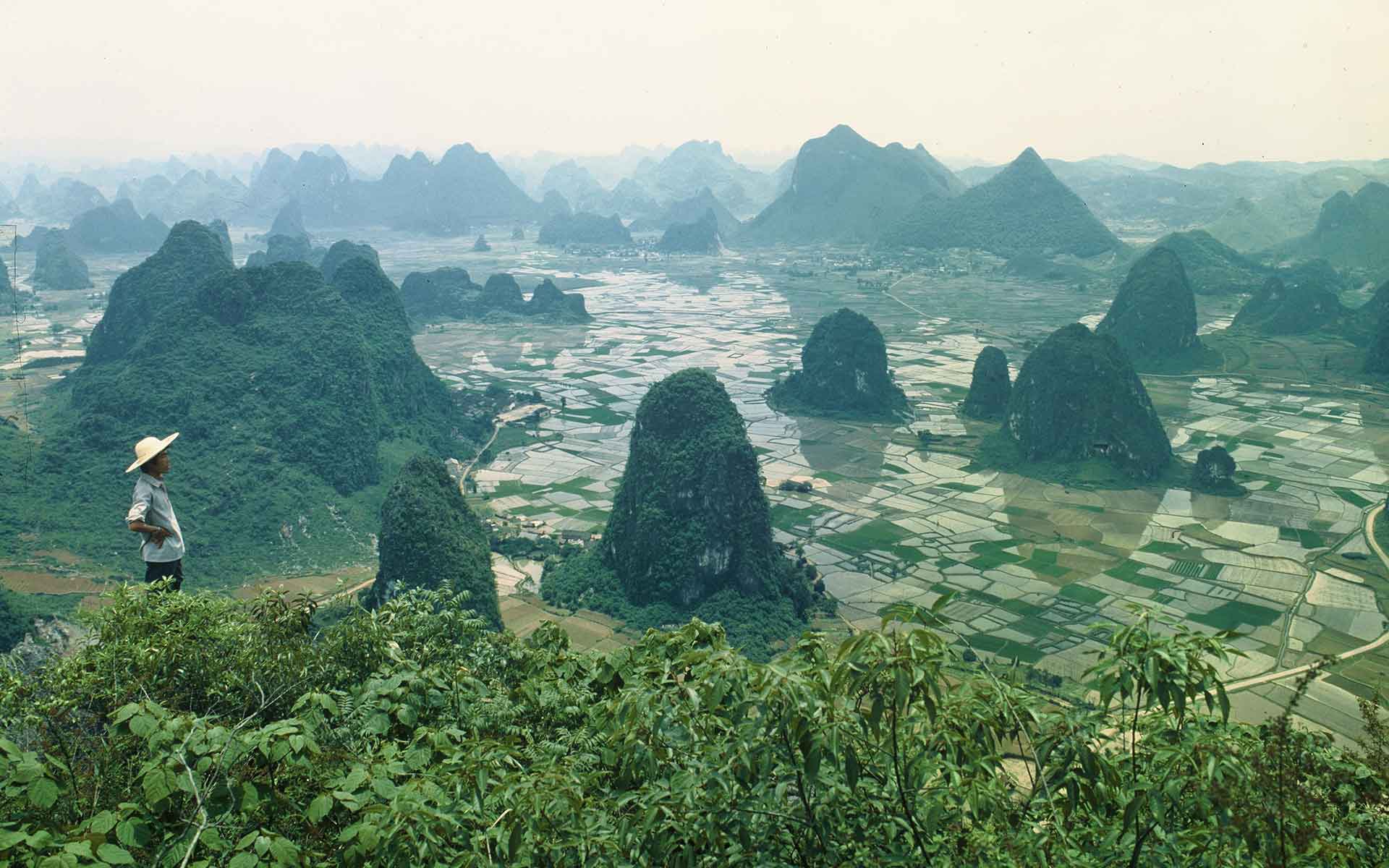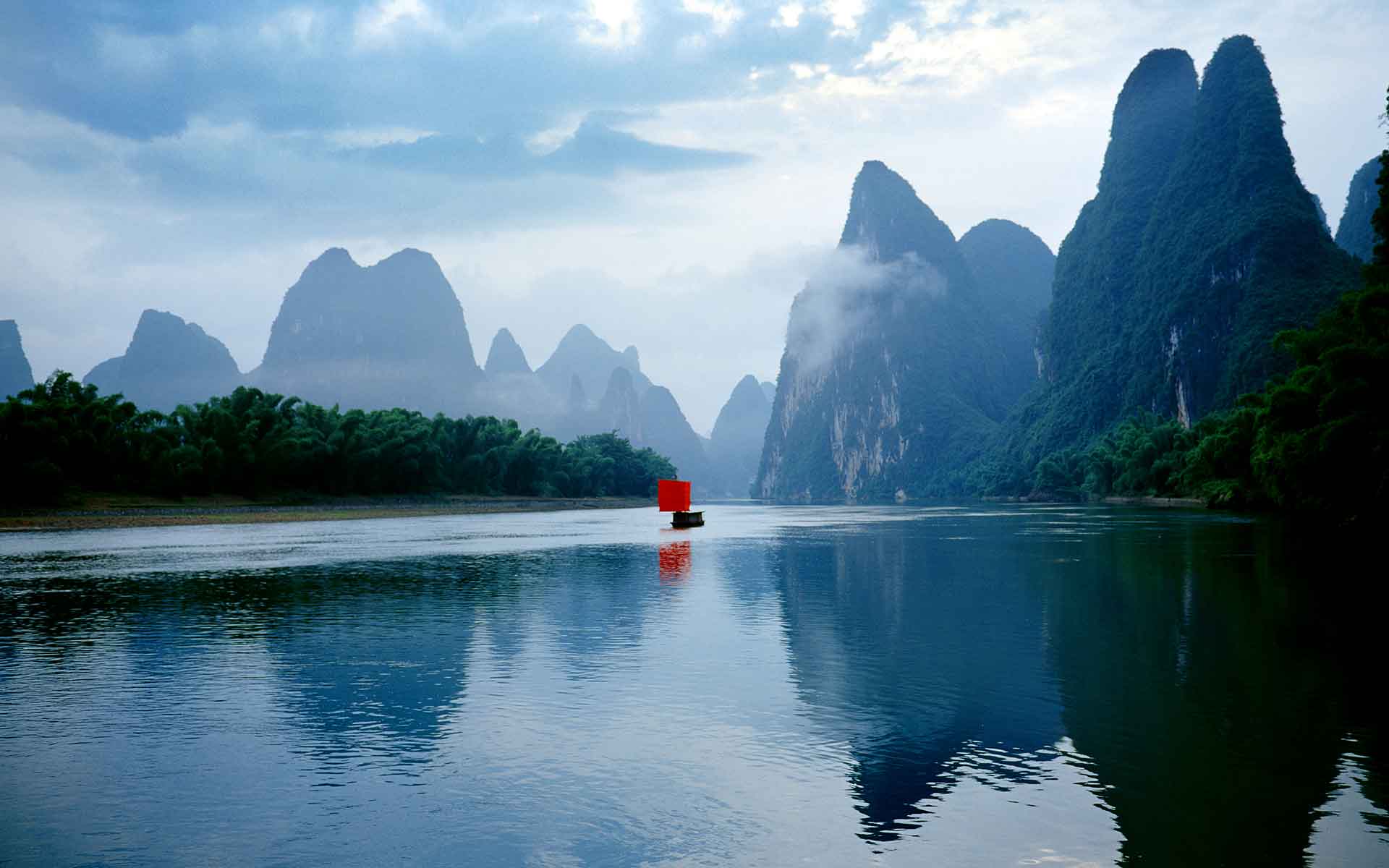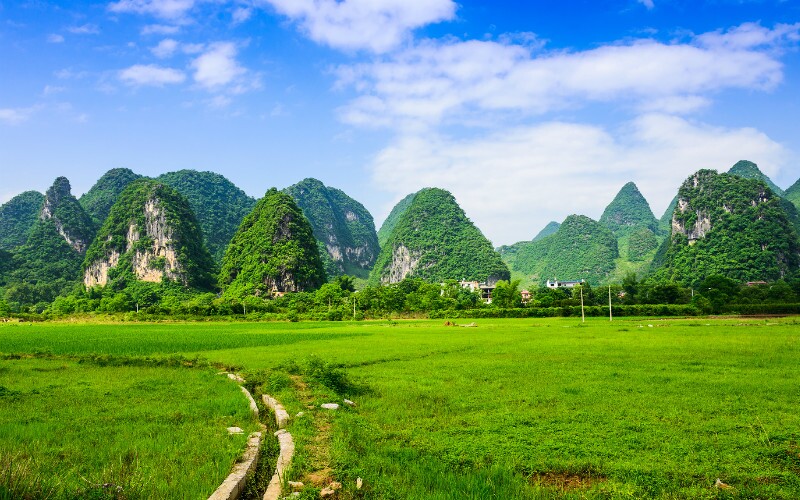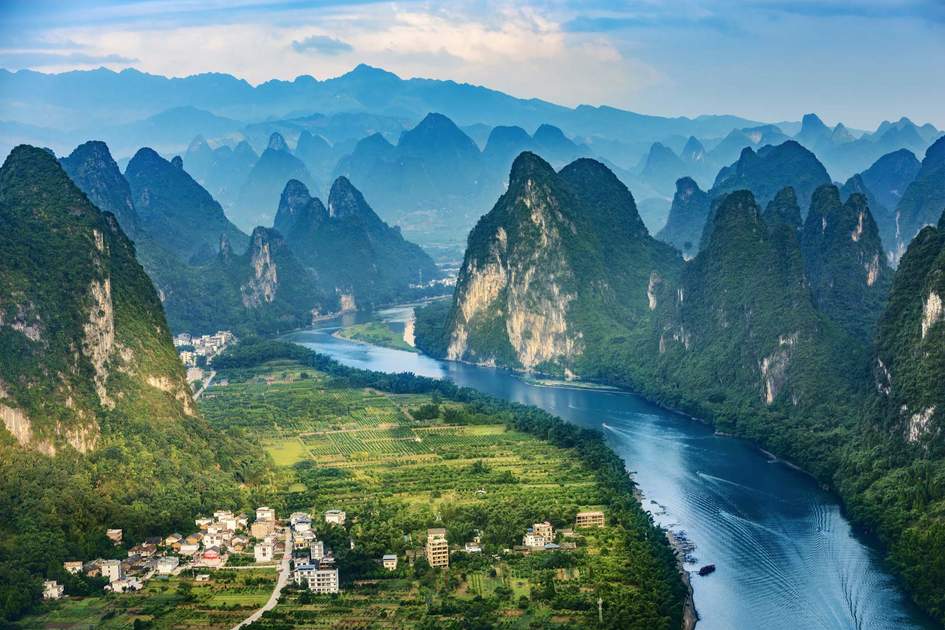Exploring Guilin’s Karst Landscape and Historical Poetry
Welcome to Jusha Travel, your go-to source for uncovering the wonders of China! If you’re a traveler enchanted by Guilin Karst History or someone eager to delve into Guilin cultural heritage, this blog post is your perfect guide. Guilin, nestled in southern China, is famed for its otherworldly limestone formations and deep ties to **China poetic traditions**. These majestic landscapes have inspired poets for centuries, blending natural beauty with cultural depth. Here at jusha.travel, we love sharing tips to make your China journey unforgettable, so let’s explore Guilin as a **Guilin travel guide** to its **cultural attractions Guilin**, while tying in elements of **China history travel**. Whether you’re planning a trip or simply dreaming of misty peaks, join us as we uncover the magic of this UNESCO-recognized gem.

The Geological Story of Guilin’s Karst
Guilin’s karst landscape is a testament to millions of years of geological drama, shaping what many consider the pinnacle of Guilin Karst History. Imagine a time hundreds of millions of years ago when this region was an ancient sea, with layers of limestone accumulating and eventually being sculpted by water and tectonic forces. According to experts, Guilin’s karst features form through the dissolution of soluble rocks like limestone, creating dramatic towers, caves, and sinkholes [source: Guilin Karst hills caves – China Odyssey Tours]. This process, driven by abundant rainfall and underground rivers, has resulted in the distinctive *fenglin* (tower karst) and *fengcong* (cone karst) formations that dominate the area.
The story begins with sedimentary deposits from an ancient gulf, which were eroded over eons by water infiltration and tectonic uplift. In lower regions, sideways erosion by rivers forms isolated towers, while higher elevations feature clustered cones from vertical water flow. This evolution has made Guilin a global reference for karst studies, as highlighted in detailed geological analyses [source: Guilin Karst – IUGS – IUGS Geoheritage]. For travelers, this means opportunities to witness nature’s artistry firsthand—think cruising the Li River surrounded by these emerald-clad peaks.
If you’re visiting Guilin, a practical tip is to pair your exploration with modern technology. Download a geology app or use augmented reality tools to visualize how these formations evolved. This not only enhances your experience but also connects you to **Guilin cultural heritage**, where ancient Chinese scholars marveled at the same sights. Remember, Guilin’s stability, climate, and geology have preserved this landscape, making it a must-see for anyone interested in China history travel.

Key Karst Features and Cultural Attractions
Diving deeper into Guilin’s allure, the landscape’s key features blend natural wonder with cultural attractions Guilin, offering a seamless mix of adventure and reflection. The most iconic elements include the towering hills, expansive caves, and the serpentine Li River, all of which have been immortalized in **China poetic traditions**. For instance, the Elephant Trunk Hill, with its trunk-like formation dipping into the river, symbolizes the harmonious blend of nature and culture that defines Guilin.
These karst wonders aren’t just visual spectacles; they’re steeped in history. The Li River, winding through clusters of limestone peaks, has been a muse for poets and artists for over a thousand years [source: Guilin’s Dramatic Karst Landscape and Cruising the Li River – Varr Travel Blog]. Picture yourself on a serene boat cruise, gliding past misty towers that inspired the famous saying, “Guilin’s landscape is the best under heaven.” This phrase echoes through Guilin cultural heritage, reminding us of how these sites have influenced Chinese art and literature.
As a Guilin travel guide, here are some practical tips to enhance your visit: Start with a river cruise at dawn for the best light and fewer crowds, then explore caves like Reed Flute Cave, adorned with colorful stalactites and stalagmites. For food enthusiasts, pair your adventure with local Guangxi cuisine—try the fresh river fish or fermented rice balls, which reflect the region’s agricultural roots tied to its karst terrain. An interesting fact: The caves often served as hideouts during historical events, adding layers to **China history travel**. To make your trip smoother, use mobile apps for real-time weather updates or guided tours, embracing China’s tech-savvy travel scene.
This section highlights how Guilin’s karst isn’t just a backdrop; it’s a living part of Guilin Karst History, where every rock tells a story of cultural evolution.

Scientific Significance and Poetic Traditions
Guilin’s karst landscape extends beyond its visual appeal, holding profound **scientific and cultural significance** that ties into China poetic traditions. Often referred to as the “Guilin model,” this area serves as a benchmark for global karst research, illustrating advanced stages of landscape evolution [source: Exploring Karst in Guilin, China Jordan Clary – Geotimes]. Scientists study how water, climate, and tectonics interact here, with findings dating back to the 1600s when Chinese geographer Xu Xiake first documented these formations.
But what makes this truly enchanting is its intersection with poetry and art. For centuries, Guilin has inspired works that capture its ethereal beauty, from Tang Dynasty poets like Han Yu to modern interpretations. The misty peaks and winding rivers symbolize solitude and inspiration, embodying **China poetic traditions**. Imagine standing atop a hill, reciting ancient verses as the fog rolls in—this is the essence of **cultural attractions Guilin**.
Incorporate cultural insights into your travels: Join a poetry workshop in Guilin, where locals share how these landscapes influenced classical literature. It’s a nod to **China history travel**, where nature and poetry intertwine. Plus, with China’s advancements in technology, virtual reality experiences now allow you to “walk” through historical poetic scenes, blending old and new. If you’re a culture enthusiast, attend a traditional tea ceremony near the karst hills, savoring local teas that echo the tranquility of the surroundings.
This fusion of science and poetry in Guilin not only enriches Guilin Karst History but also offers travelers a deeper, more meaningful connection to China’s heritage.

Modern Preservation, Tourism, and Travel Tips
Today, Guilin’s karst landscape thrives as a hub for tourism and conservation, ensuring its legacy in Guilin Karst History endures for future generations. As part of the South China Karst UNESCO World Heritage Site, areas like the Putao and Lijiang sections are meticulously protected [source: South China Karst – UNESCO]. Millions visit annually to cruise the Li River or explore caves, but this popularity demands sustainable practices to safeguard the fragile ecosystem.
For travelers seeking a Guilin travel guide, focus on responsible tourism. Opt for eco-friendly tours that limit group sizes and promote local conservation efforts—perhaps volunteer for a river cleanup or learn about ongoing research projects. An engaging fact: Guilin’s karst system supports unique biodiversity, including rare species adapted to cave environments, highlighting the blend of nature and **China history travel**.
Incorporate food and technology into your itinerary for a well-rounded experience. Sample Guilin’s rice noodles or braised pork, influenced by the region’s fertile lands shaped by karst geology. Use China’s high-speed rail to reach Guilin efficiently, and leverage apps like WeChat for booking tickets or navigating sites. These modern tools make exploring cultural attractions Guilin seamless, while respecting its heritage.
As you plan your trip, remember that Guilin offers a balance of adventure and reflection, making it ideal for all types of visitors.
In conclusion, exploring Guilin’s karst landscape and historical poetry reveals a captivating blend of Guilin Karst History, **Guilin cultural heritage**, **China poetic traditions**, **cultural attractions Guilin**, and **China history travel** insights. From the geological marvels to the poetic inspirations, this destination embodies the spirit of discovery that Jusha Travel celebrates. We’ve covered practical tips, cultural depth, and modern relevance to inspire your journey. So, what are you waiting for? Share your Guilin stories in the comments below, visit jusha.travel for more China travel inspiration, or check out our related articles on other cultural gems. Safe travels and let’s keep the_unitsadventure alive!

